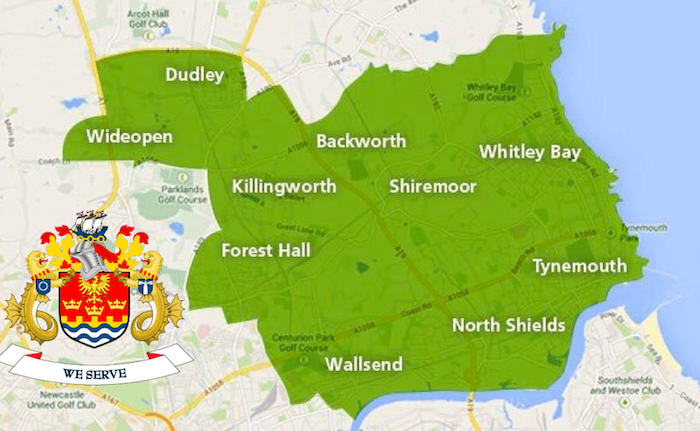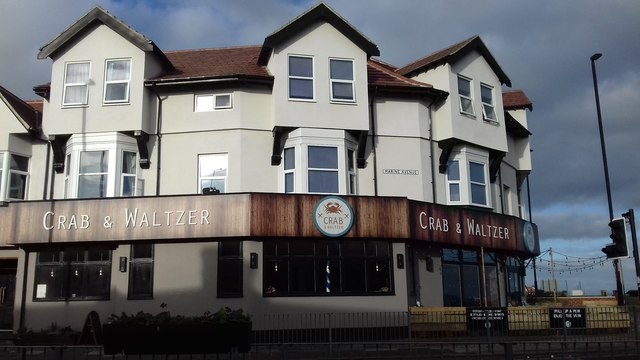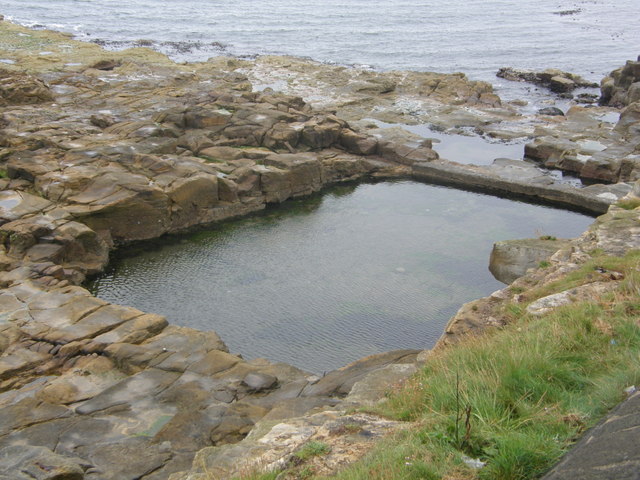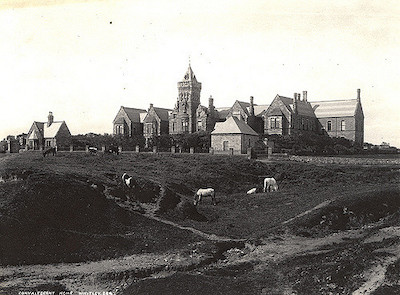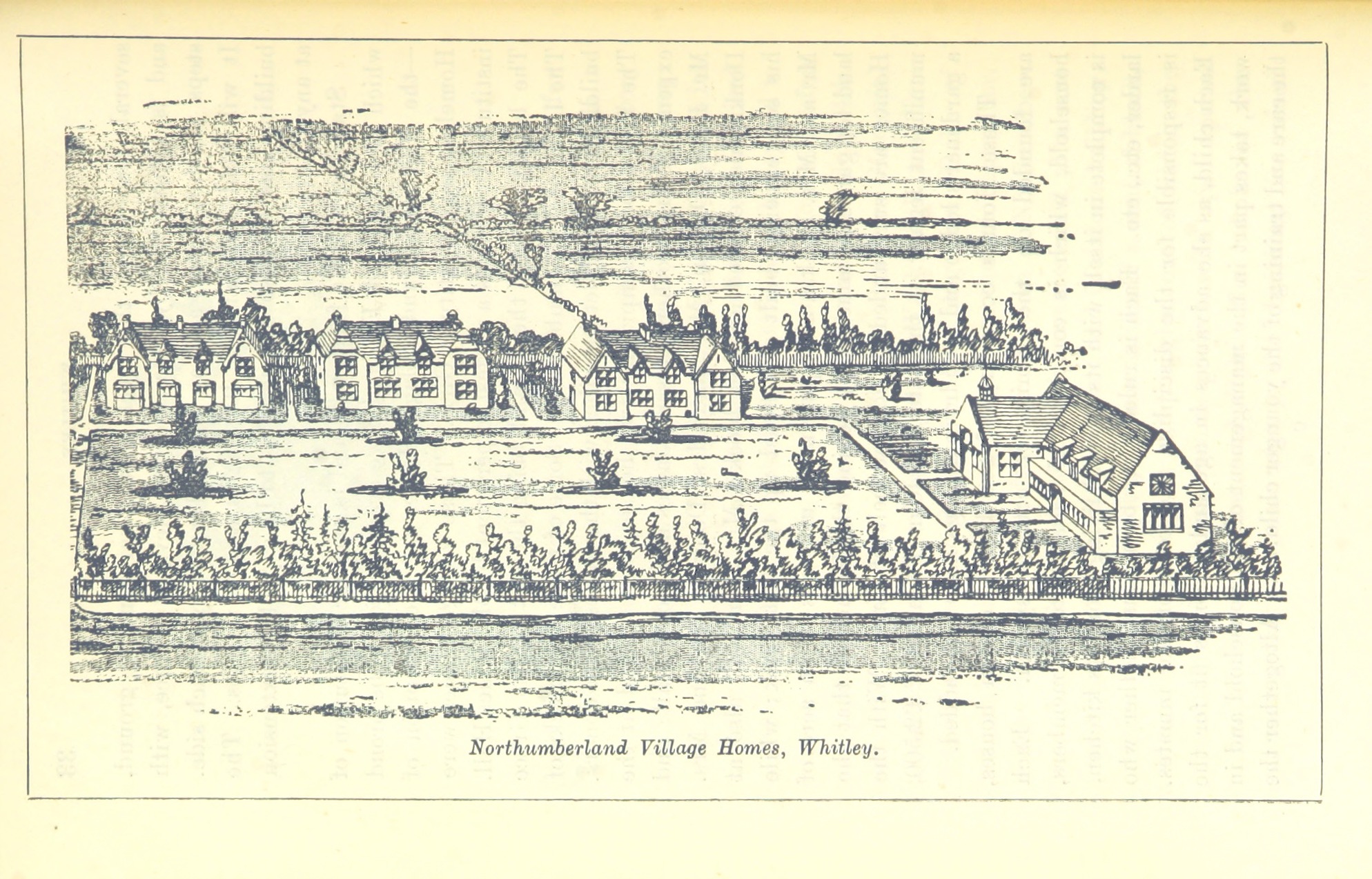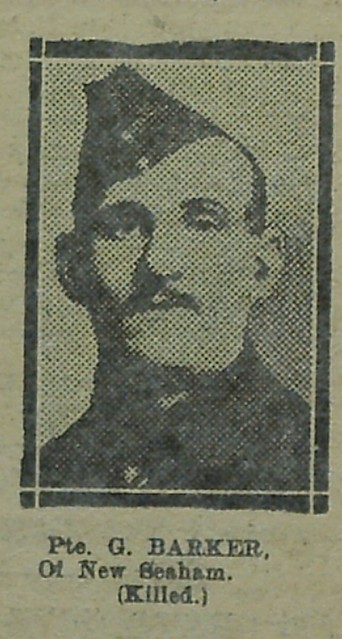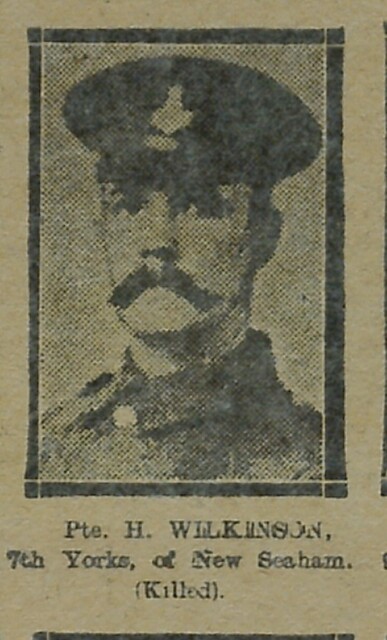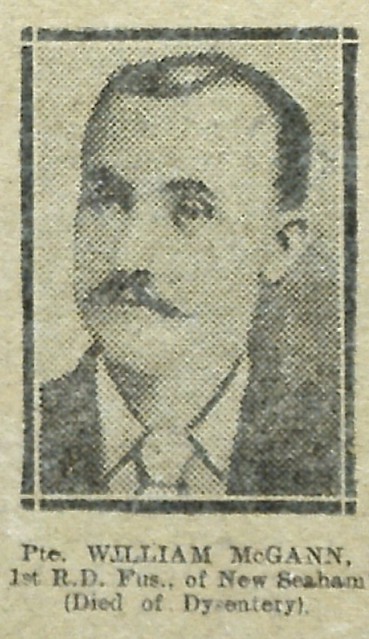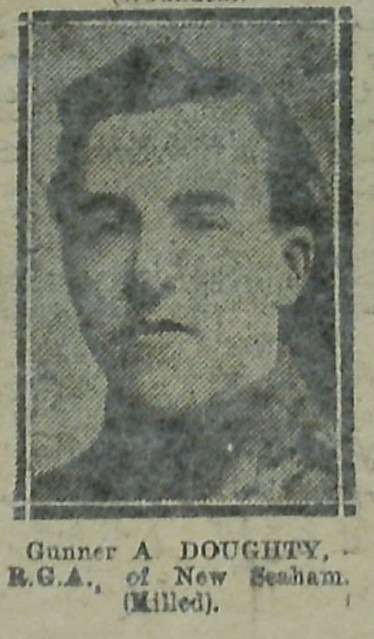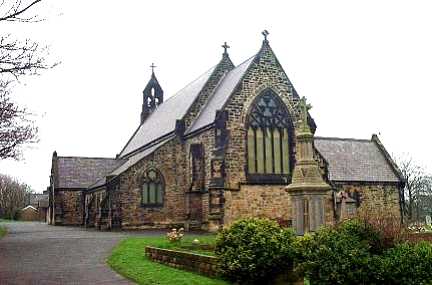Topics > Tyne and Wear > North Tyneside > Whitley Bay > Historical Account of Whitley, 1894
Historical Account of Whitley, 1894
Extract from: JOHN ROBINSON (1894), ILLUSTRATED HANDBOOK TO THE RIVERS Tyne ,Blyth,& Wansbeck; ALSO A GUIDE TO TYNEMOUTH, CULLERCOATS, WHITLEY, MONKSEATON, ST. MARY'S ISLE, HARTLEY, SEATON DELAVAL, BLYTH, NEWBIGGIN, WITH THE LEGENDS AND TRADITIONS OF THE COAST; AND A Glance Guide to Newcastle.
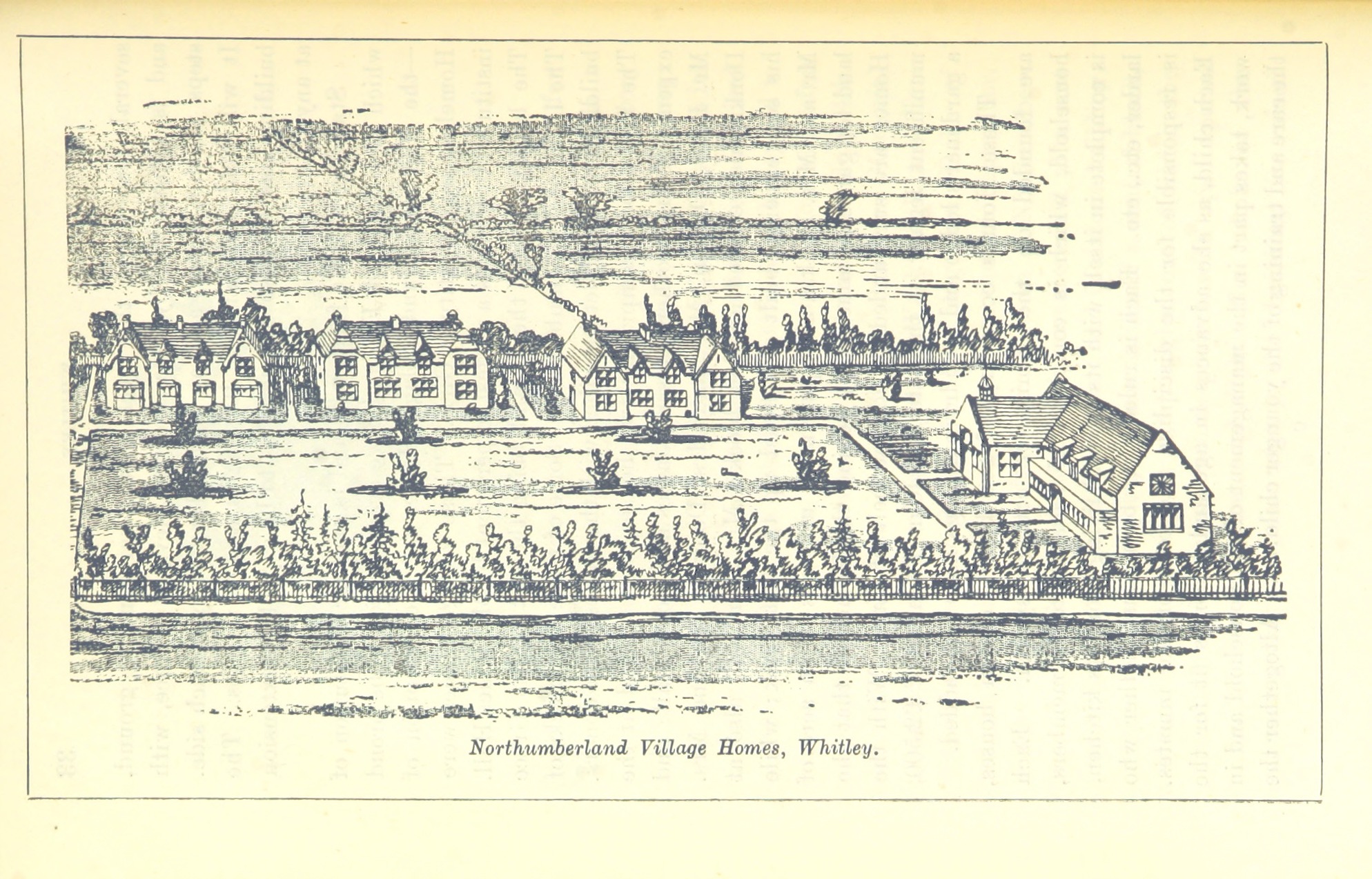
WHITLEY.
THIS delightful seaside resort has during the last few years become quite a rival to Tynemouth as a favourite health resort and bathing place. Its history extends far back into the eleventh and twelfth century; yet it is only during the last quarter of a century that its fine sands and picturesque situation has become recognised by public favour. The healthy situation of Whitley led to it being selected as the most suitable spot on our coast for the erection of a Convalescent Home, where on July 4th, 1867, the foundation stone of the Prudhoe Memorial Convalescent Home was laid by Lord Warkworth, now Earl Percy, as a memorial to the late Algernon, Duke of Northumberland, which was opened on the 4th September, 1869, by Her Grace the Dowager Duchess of Northumberland. This noble institution, which was erected at a cost of upwards of £20,000, faces the sea, and is a stone building, arranged on the pavilion plan, consisting of a central block, with a corridor running at right angles, out of which the various day and sleeping rooms project, with open spaces between for ventilation and light, the whole of the apartments have a sea view; the building is raised several feet above the level of the surrounding ground, and is approached by means of an elevated terrace, with steps at the centre, and an inclined roadway at each side. It will hold 140 patients,100 males and 40 females. The building has been so arranged as to be capable of extension at any future time.
Standing a little further inland is another institution of which the North of England have every reason to be proud — the Northumberland Village Homes for the reception of Homeless and Destitute Girls. These Village Homes were instituted in 1880, as a modest experiment by Mr. James Hall. The land on which they stand being the gift of His Grace The Duke of Northumberland. Some of these fine blocks of buildings bear a tablet inscribed with the names of the donors. The first block, comprising two houses, was erected at the expense of the brothers Messrs. James and John Hall; and Mr. R. S. Donkin, M.P., and Mrs. Donkin; Mr. and Mrs. Donkin also erected another block ;Mr. John Hall also, at his sole expense, built and fitted up the last block ;while Mr. and Mrs. Donkin also purchased upwards of an acre of land for gardens immediately behind the Homes, so that the Homes are surrounded by abroad belt of land. With the munificent legacy of the late Mr. John Fleming of £2,500, a gardener's lodge and laundry buildings have been added.
These Houses consisting of five blocks, or ten houses, are founded on the family or cottage system. Each household, which is composed of from 12 to 16 members, is complete in itself with its general living room, its kitchen, larder, etc., etc. Each is ruled over by a house-mother who is responsible for the discipline and tone of the inmates. Each child, as she advances in age and becomes fit for the work, takes part in the management of the household and in the care and training of the younger children. Altogether the Whitley Homes are an example of enlightened benevolence which it would be difficult to equal at present and not possible to surpass. Of the 130 girls who are cared for in the Homes, the report by the Government Inspector was that "the general conduct during the past year was most satisfactory." It ought also to be remembered that children admitted into the Whitley Village Homes are not criminals or evil-doers, in any sense of the word, but simply destitute and deserving. The good that the Homes have accomplished cannot be estimated, but some portion of it is already known. The Institution is one of the most deserving of support in Northumberland, and is open every day except Sunday for inspection.
The tall and picturesque Sandstone Cliffs between Whitley and Cullercoats are much admired on account of their rugged grandeur and rich natural tints. The Table Rocks, the Whitley Skeers, and the Half-Moon Rocks, give a beauty to this part of the coast that is at once attractive and rugged. On the North of the Village is the famous Whitley Sands, which add such a charm to this sea-side residence.
THE WHITE HORSE AND ITS RIDER
There is a romantic side even to the natural charm of these fine stretch of sands between Whitley and Hartley Point. About one hundred years ago there was a general belief in the visits of a ghost on horseback, flying over the hard sands, with streaks of fire streaming behind it. The phantom rider had been seen so frequently that there could be doubt as to its reality; yet it was only seen in the early hours of the morning. The personality of the ghost became known, however, to a few of the fashionable people of the district, and especially to the Officers stationed at Tynemouth Castle, who were wont to give fancy balls to the Society of the Coast. At these entertainments, Lady Tyrconnel, the famous beauty and lovely daughter of Lord Delaval, was a frequent visitor. And on more than one occasion was known to have rode home from Tynemouth to Seaton Delaval Hall, (Godiva like) on her favourite white horse, her long luxuriant hair being her only covering, and as she sped over Whitley Sands with her hair streaming behind her, she was taken for a ghost in the early dawn by the work people who were early on their way to work Yet, if Lady Tyrconnel did not actually perform such wild freaks as addition has recorded, she narrowly escaped being drowned on Whitley Sands. In the daily entries of the Seaton Delaval Hall Cellar Book, the following is recorded—
"January 31st, 1790. — 1 bottle sherry, 1 bottle port, and 1 brandy for the post boys, etc., to drink by Lady Tyrconnel's order, after she got home, when overturned upon Whitley Sands and almost lost."
There is no doubt this accident happened on returning from one of the dances at Tynemouth Castle; for three days after the above date we find another entry in the cellar book:
"Colonel Grayham, Capt. Lowes, and Capt. Christie dined and supped, and 3 horses stayed all night."
MONKSEATON
THIS pleasant village of the old monks of Tynemouth possesses a picturesqueness that gives a particular charm of its own. Its slightly elevated situation, and its easy walking distance from the coast, gives it aruralattractionto many visitors. During the last few years quite a new town has sprungup of quite a superior class of houses, which are semi-detached. The close proximity of Monkseaton to the romantic Vale of Briardene, is an additional attraction as a seaside resort.
The Monk's Stone < Robinson, 1894 > St Mary's Island
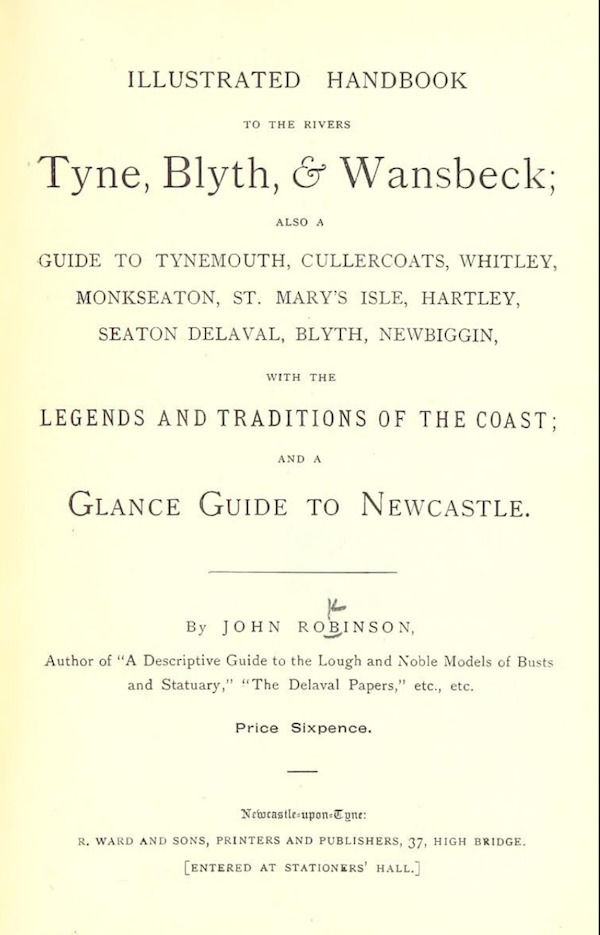
from http://access.bl.uk/item/pdf/…
JOHN ROBINSON (1894), ILLUSTRATED HANDBOOK TO THE RIVERS Tyne , Blyth, & Wansbeck etc.
- JOHN ROBINSON (1894), ILLUSTRATED HANDBOOK TO THE RIVERS Tyne ,Blyth,& Wansbeck; ALSO A GUIDE TO TYNEMOUTH, CULLERCOATS, WHITLEY, MONKSEATON, ST. MARY'S ISLE, HARTLEY, SEATON DELAVAL, BLYTH, NEWBIGGIN, WITH THE LEGENDS …
Added by
Simon Cotterill

from Newcastle libraries (flickr)
025924:Whitley Bay Village Homes School C.1900
Pinned by Simon Cotterill
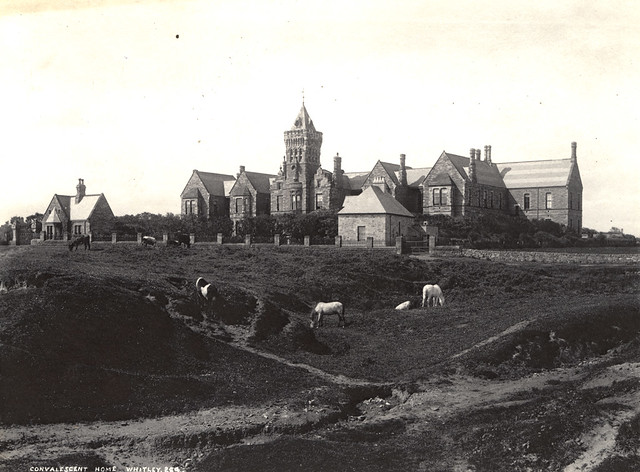
from Newcastle libraries (flickr)
002734: Prudhoe Convalescent Home, Whitley Bay, undated
Pinned by Simon Cotterill


from http://access.bl.uk/item/pdf/…
JOHN ROBINSON (1894), ILLUSTRATED HANDBOOK TO THE RIVERS Tyne , Blyth, & Wansbeck etc.
- JOHN ROBINSON (1894), ILLUSTRATED HANDBOOK TO THE RIVERS Tyne ,Blyth,& Wansbeck; ALSO A GUIDE TO TYNEMOUTH, CULLERCOATS, WHITLEY, MONKSEATON, ST. MARY'S ISLE, HARTLEY, SEATON DELAVAL, BLYTH, NEWBIGGIN, WITH THE LEGENDS …
Added by
Simon Cotterill

from Newcastle libraries (flickr)
025924:Whitley Bay Village Homes School C.1900
Pinned by Simon Cotterill

from Newcastle libraries (flickr)
002734: Prudhoe Convalescent Home, Whitley Bay, undated
Pinned by Simon Cotterill

